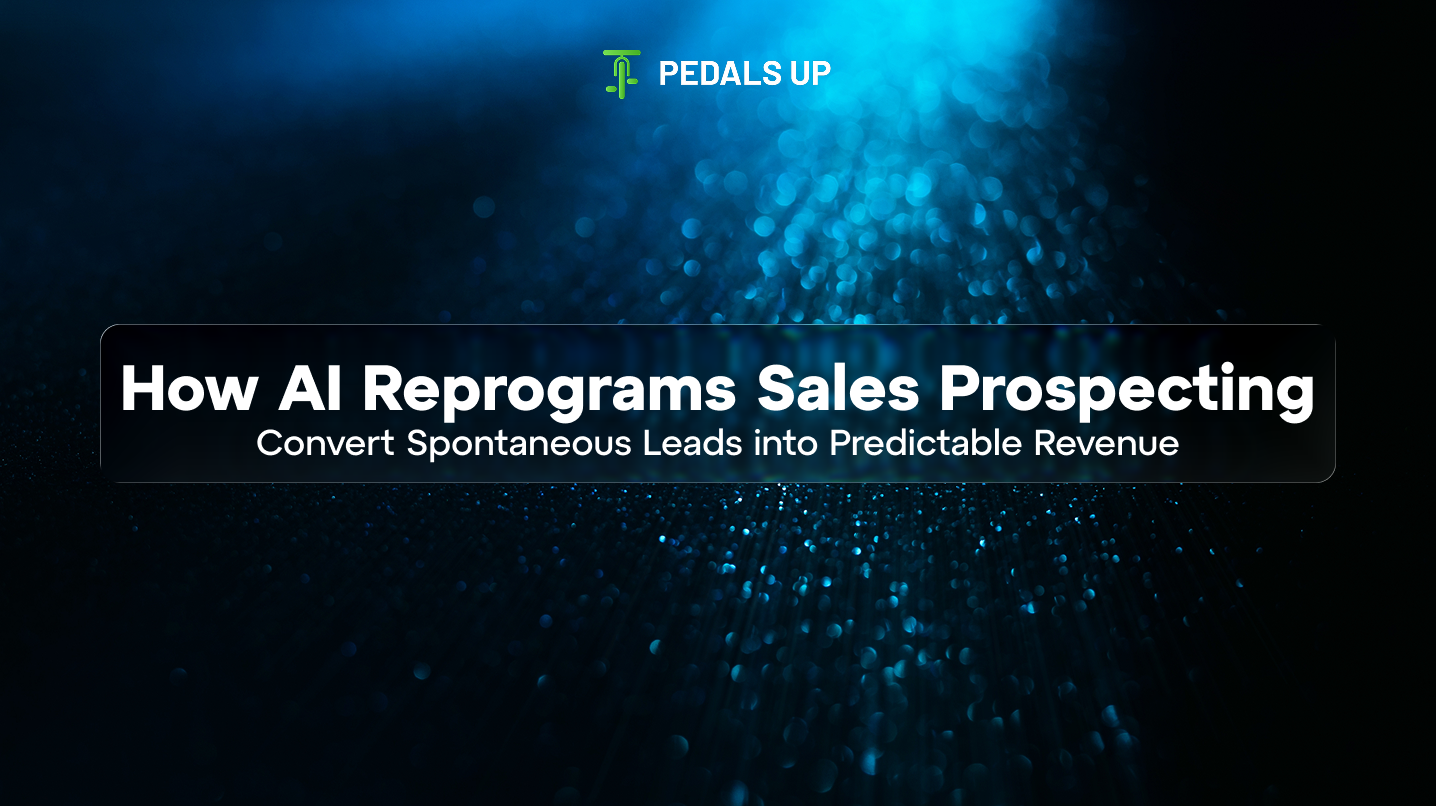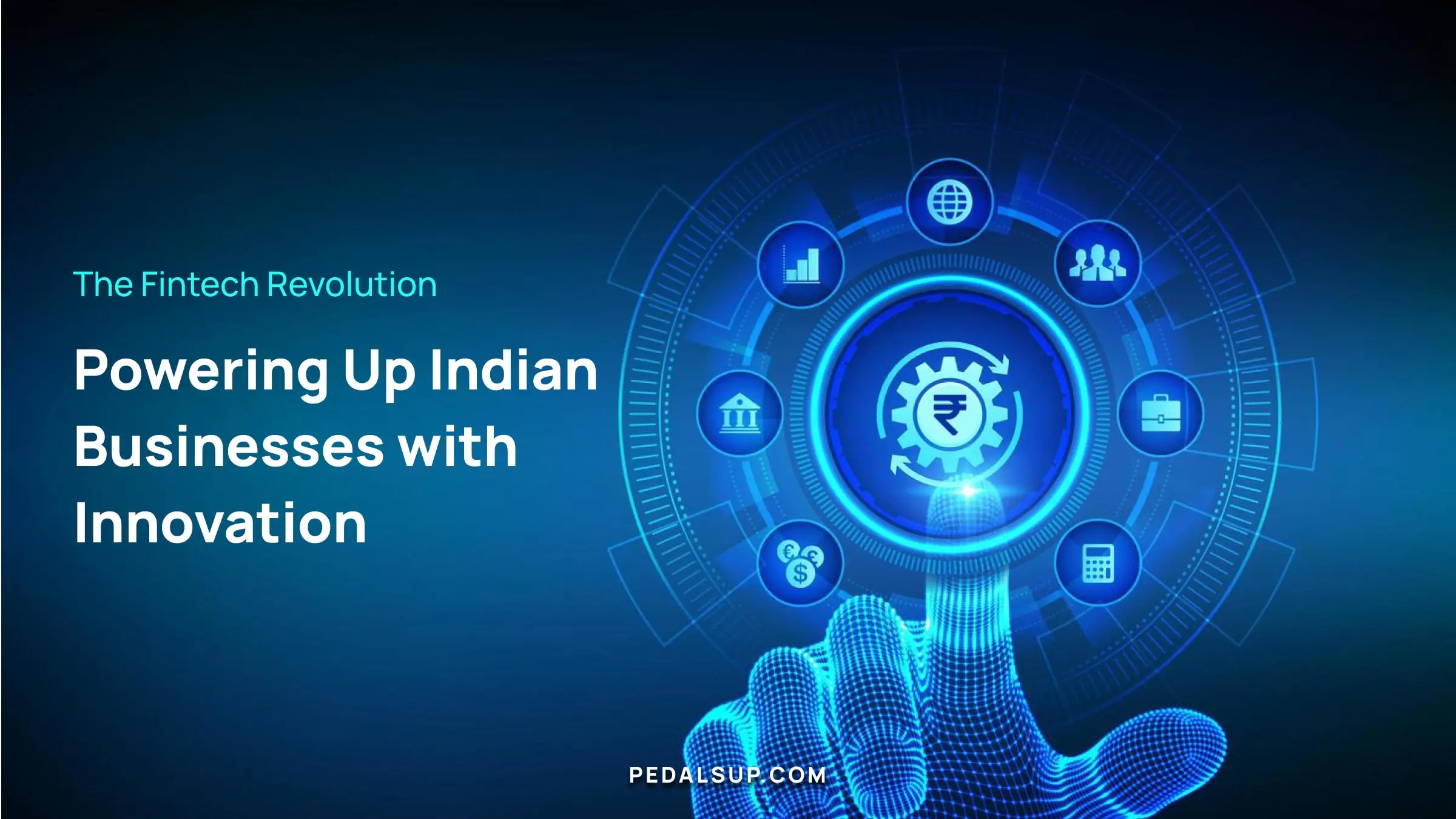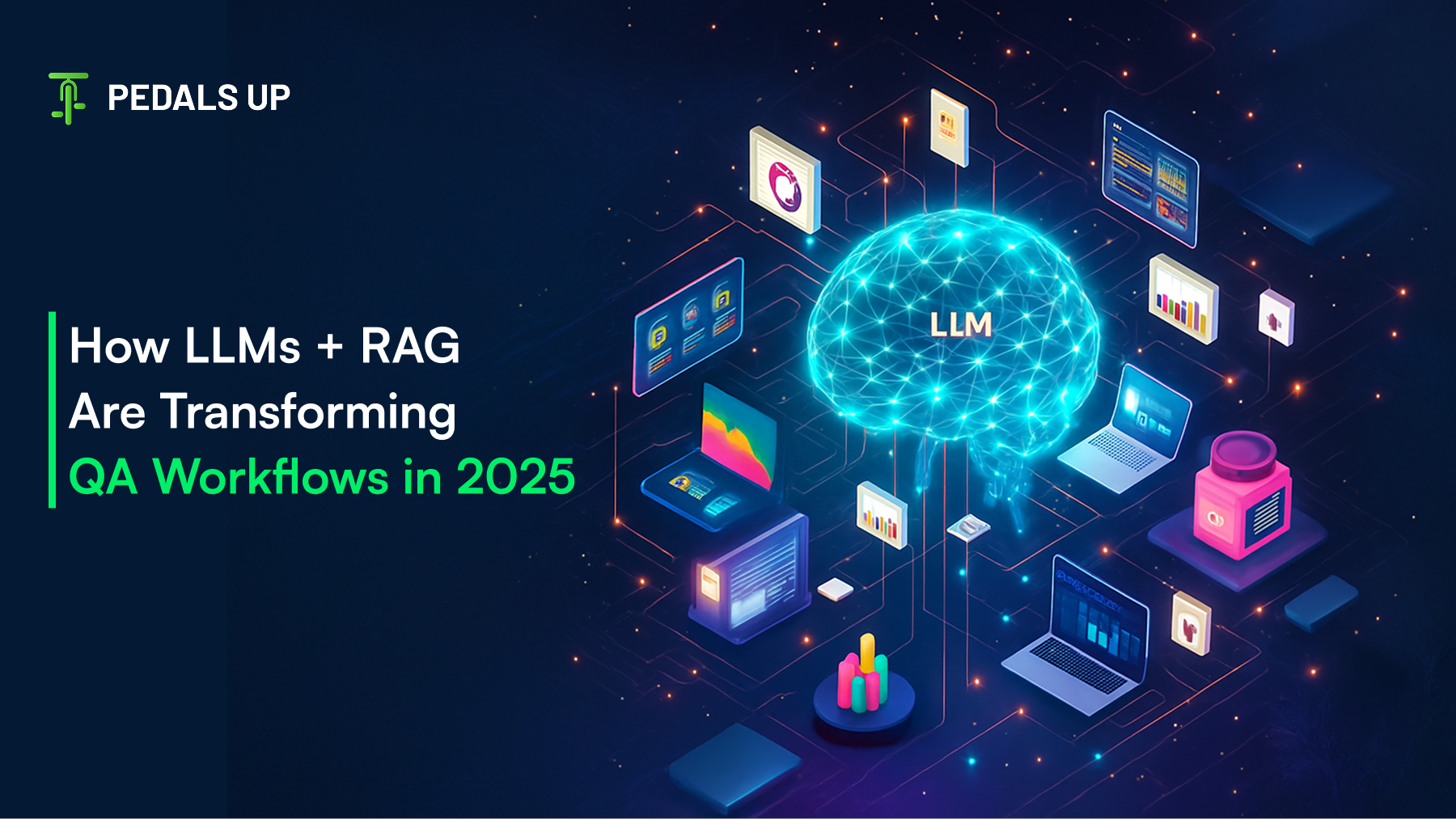Introduction
Most sales organizations face a familiar problem: an overwhelming number of unqualified leads and not enough time to sift through them all. This leads to long sales cycles, low win rates, and reps getting burned out on manual, repetitive outreach.
AI doesn’t fix a bad strategy, but it does solve two critical issues: it identifies the leads most likely to convert and enables meaningful outreach at a massive scale. This transforms hours of busywork into valuable conversations, and revenue.
Why AI Actually Moves the Needle
In short, AI transforms disorganized signals, such as web activity, company data, and conversation transcripts, into a prioritized list of individuals and actions your reps should take immediately. The result? Increased win rates, reduced cycle times, and larger deals.
Enterprise and mid-market teams that effectively incorporate AI into their prospecting consistently report quantifiable improvements in conversion and productivity.
The Tangible Benefits
- Predictive Lead Scoring
Instead of guessing, you can qualify leads. Predictive models analyze hundreds of signals, including web activity, CRM history, firmographics, and intent data, to score leads based on their probability of conversion. This eliminates wasted outbound efforts and lets your sales development reps (SDRs) focus on creating real opportunities. Vendors like IBM and others have demonstrated clear gains with automated scoring and prioritization.
- Conversation Intelligence
Tools that transcribe and analyze calls can automatically detect buying signals and red flags (e.g., mentions of competitors or a lack of clear decision criteria). This gives managers and reps a practical playbook for every live deal, replacing blind hope with a data-backed strategy. Companies like Gong release ongoing insights from millions of calls, revealing which behaviors are most predictive of a closed deal.
- Hyper-Personalized Outreach at Scale
AI can craft personalized outreach that pulls from a prospect’s title, recent activity, and probable pain points. The difference between a templated blast and a custom message is the reply rate, and the reply rate is what ultimately drives pipeline velocity.
- Automation of Drudgery
Manual tasks like data entry, call summaries, scheduling, and follow-ups can eat up hours of a sales rep’s week. Automating these tasks allows reps to focus on what humans do best: building relationships and closing deals. Salesforce and other major vendors report significantly improved sales results when teams use AI to automate administrative work.
A Real-World Case Study

A mid-sized B2B software firm implemented a predictive lead-scoring algorithm and an AI assistant that recommended next-step messaging for reps.
Here are the outcomes they saw in just six months:
- Lead-to-opportunity conversions increased by ~30%.
- Sales cycle duration decreased by approximately 25-40%, depending on the segment.
- Reps spent 2-3 fewer hours on admin work per week, allowing for more time dedicated to selling.
These results are consistent with numerous vendor and analyst reports that show AI’s impact on pipeline efficiency and conversion when models are fed clean CRM and intent data.
Implementation: A Practical Roadmap
You don’t need to completely overhaul your tech stack. Just follow these steps and measure your progress along the way.
- Clean Your Data First: Before you do anything else, remove duplicates, normalize company fields, and archive stale leads. AI models require quality inputs to provide valuable outputs. Starting here prevents the models from generating noise instead of insights.
- Run a Predictive Scoring Pilot (6-12 weeks): Choose one segment (e.g., inbound marketing-qualified leads for a specific product). Train an AI model on your past wins versus losses and compare its conversion rates to a control group.
- Add Conversation Intelligence to Active Deals: Record and analyze a set of calls. Use the insights to build predictable playbooks, identifying the language and questions that drive commitment. Vendors like Gong make this process straightforward.
- Layer in Automated Outreach: Use the strongest signals from your model to create customized message templates. Automate follow-ups but keep human reps in the loop for high-value responses.
- Monitor Hard Business Metrics Weekly: Track key performance indicators like conversion rate, pipeline velocity, average deal size, and time saved per rep. These metrics will serve as your criteria for scaling the project.
Train Reps to Use AI as a Copilot: Show your sales team how to quickly edit AI-generated content. Make AI adoption part of your performance discussions to encourage its use.
Common Pitfalls and How to Avoid Them
- Garbage Data: AI is only as good as its input. Always prioritize data cleaning before you begin modeling.
- Blind Automation: Don’t automate the wrong workflows. Always keep a “human review” step for high-stakes, deal-closing touches.
- Over-fitting Models: Avoid building models on a too-narrow set of historical data. Validate your models across different segments to ensure they are robust.
- Ignoring Governance: Establish clear rules for data privacy and model explainability before you roll out any new AI tools.
Tools and Tech to Consider
Here’s a practical shortlist of tools to help you get started:
- Revenue Intelligence/Conversation AI: Gong or Chorus can extract valuable signals from your sales calls.
- CRM-Embedded AI: Salesforce Einstein (if you use Salesforce) or other CRM add-ons that provide scoring within your existing system.
- Outreach Personalization and Automation: Applications like Outreach, SalesLoft, or Apollo can be paired with large language models to draft personalized messages.
- Custom Models: For unique buying journeys, a custom machine learning model built on your CRM and intent data streams often provides the highest return on investment.
The ROI Question: What to Expect
Every organization’s starting point is different, but public vendor research and analyst surveys show a clear trend: companies that adopt AI for prospecting are more likely to report significant revenue growth and efficiency improvements. A single industry article notes that sales teams using AI are more likely to see tangible revenue growth within a year. Other reports point to increased adoption and time savings as key benefits. You can use these benchmarks to set realistic objectives for your pilot program.
Conclusion
Sales prospecting with AI isn’t a magical black box. It’s a collection of practical capabilities, like predictive scoring, conversation intelligence, and automation, that, when used thoughtfully, make prospecting more repeatable and measurable. The fastest-moving companies are those that use AI as a tool for prioritization and enablement, not as an excuse to automate everything blindly.
If you’re ready to transform your lead flow into a predictable pipeline, Pedals Up can help you build and scale a pilot program tailored to your unique go-to-market strategy.




